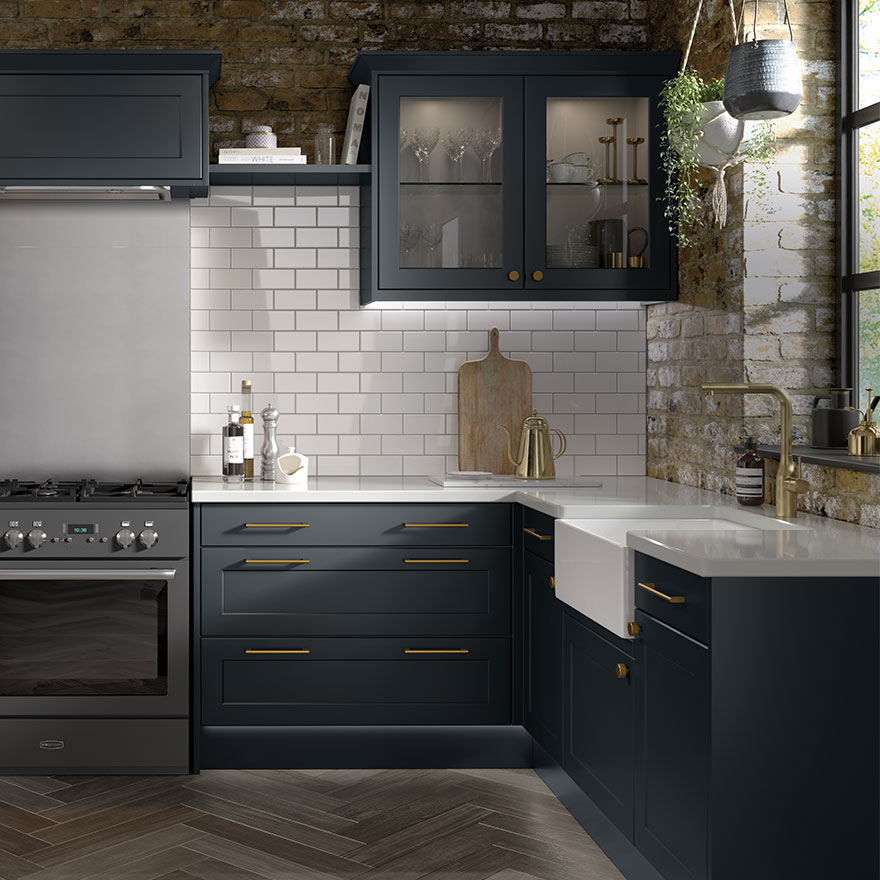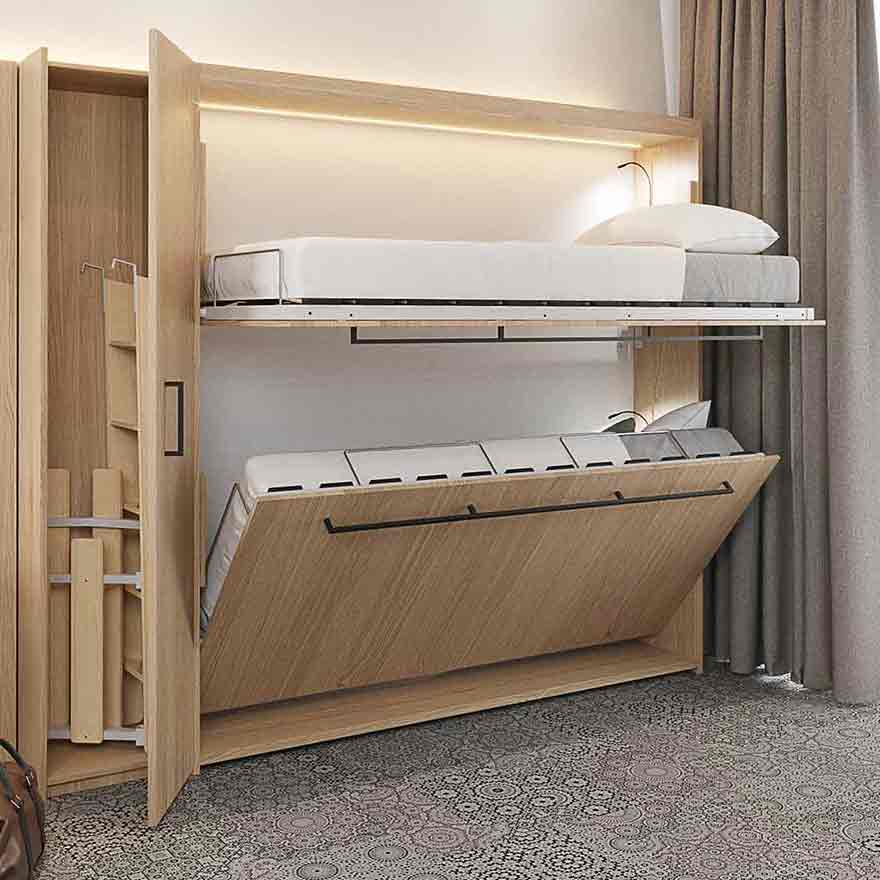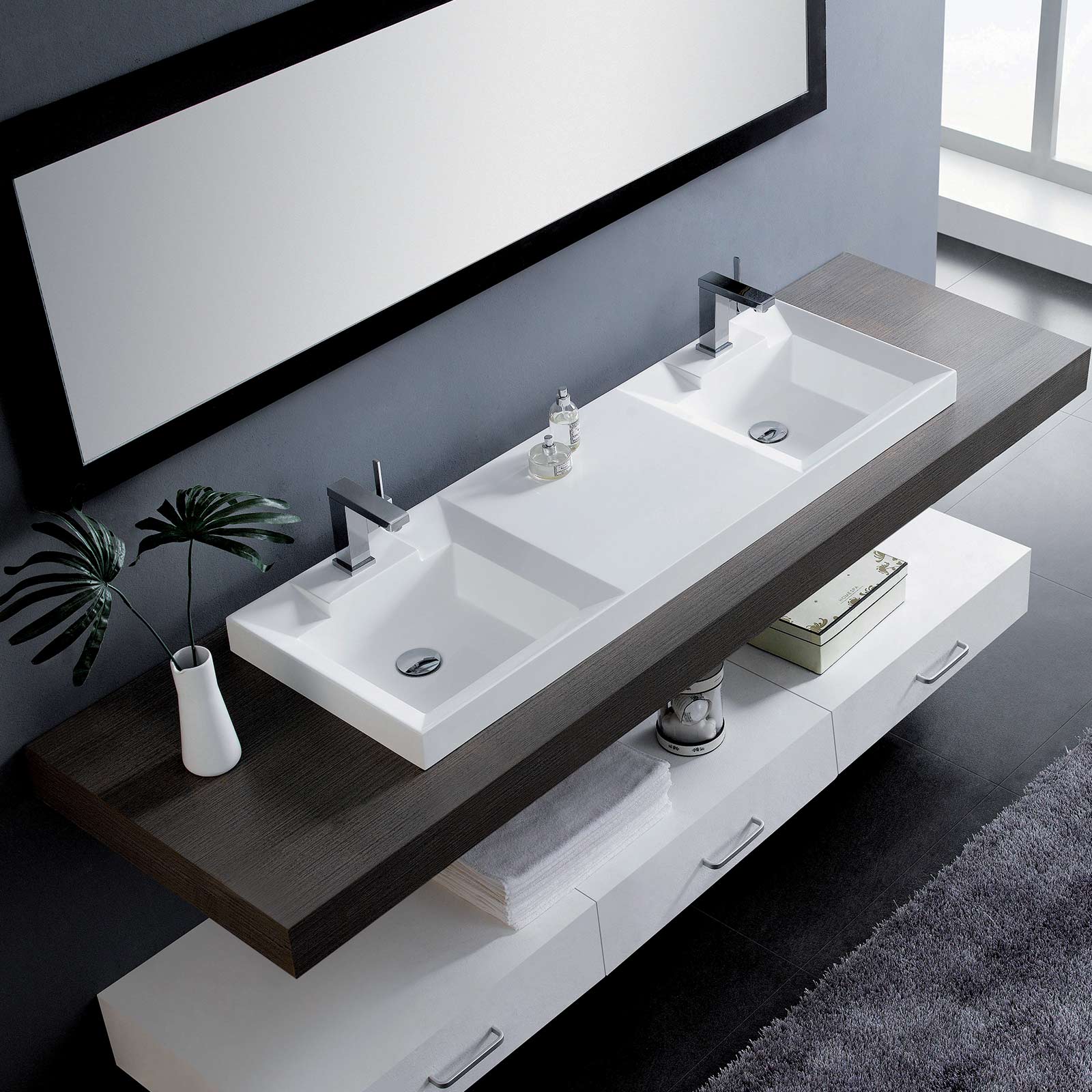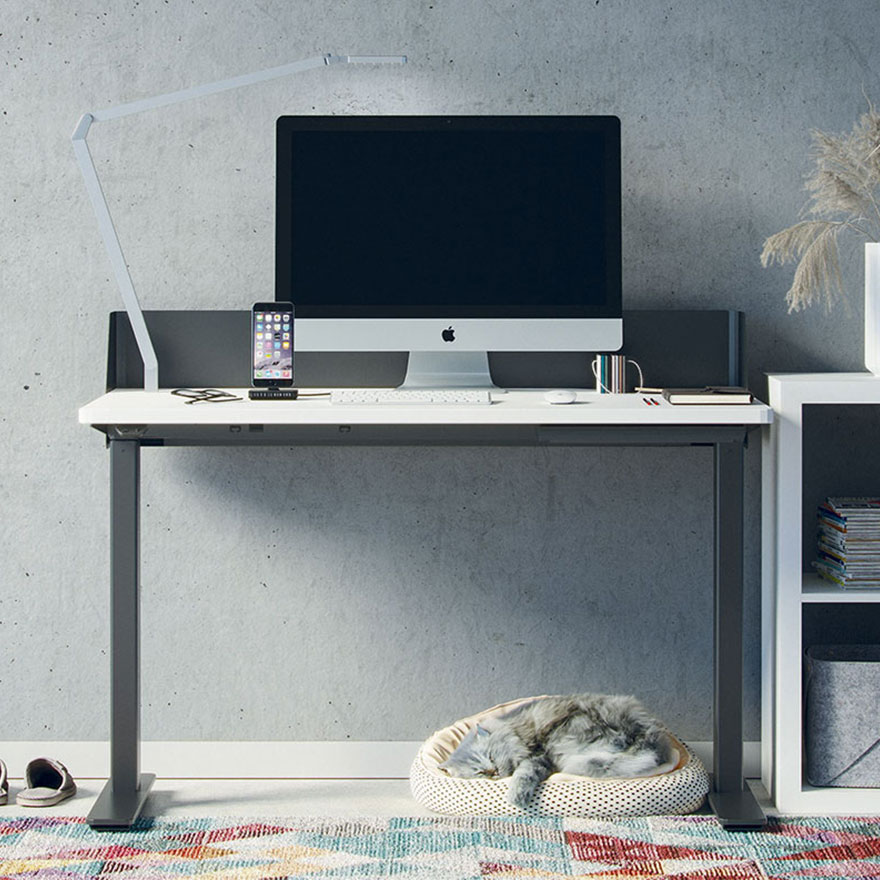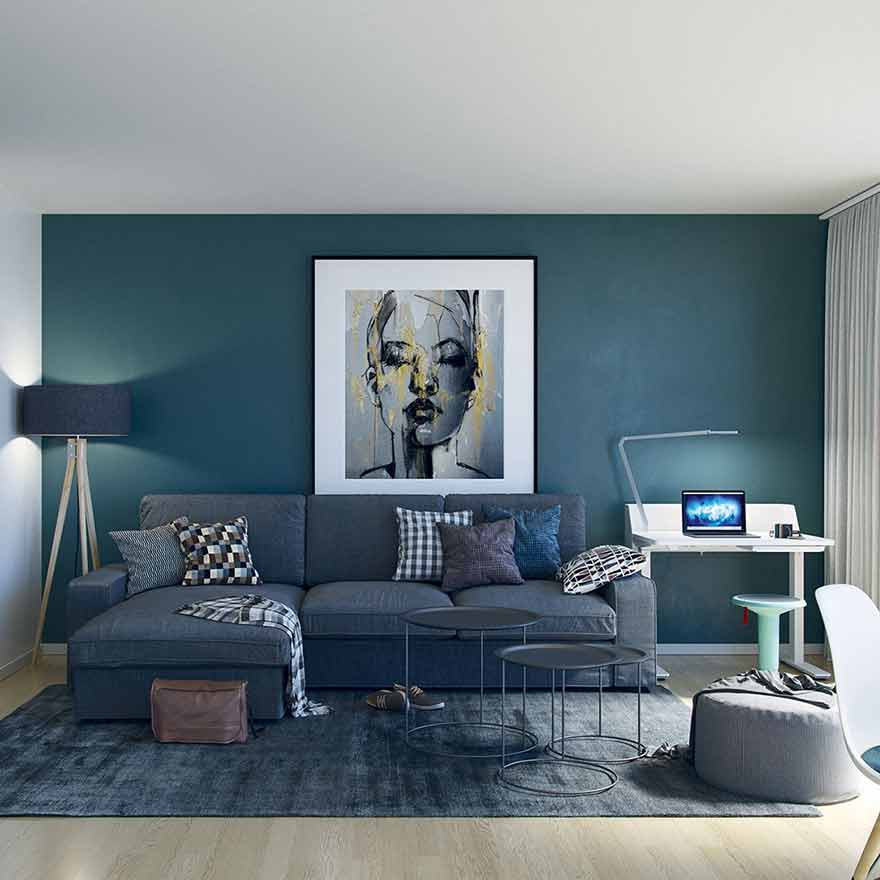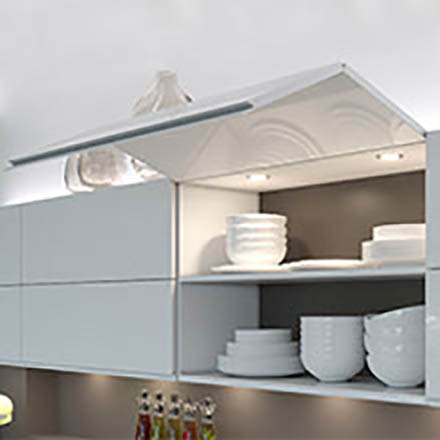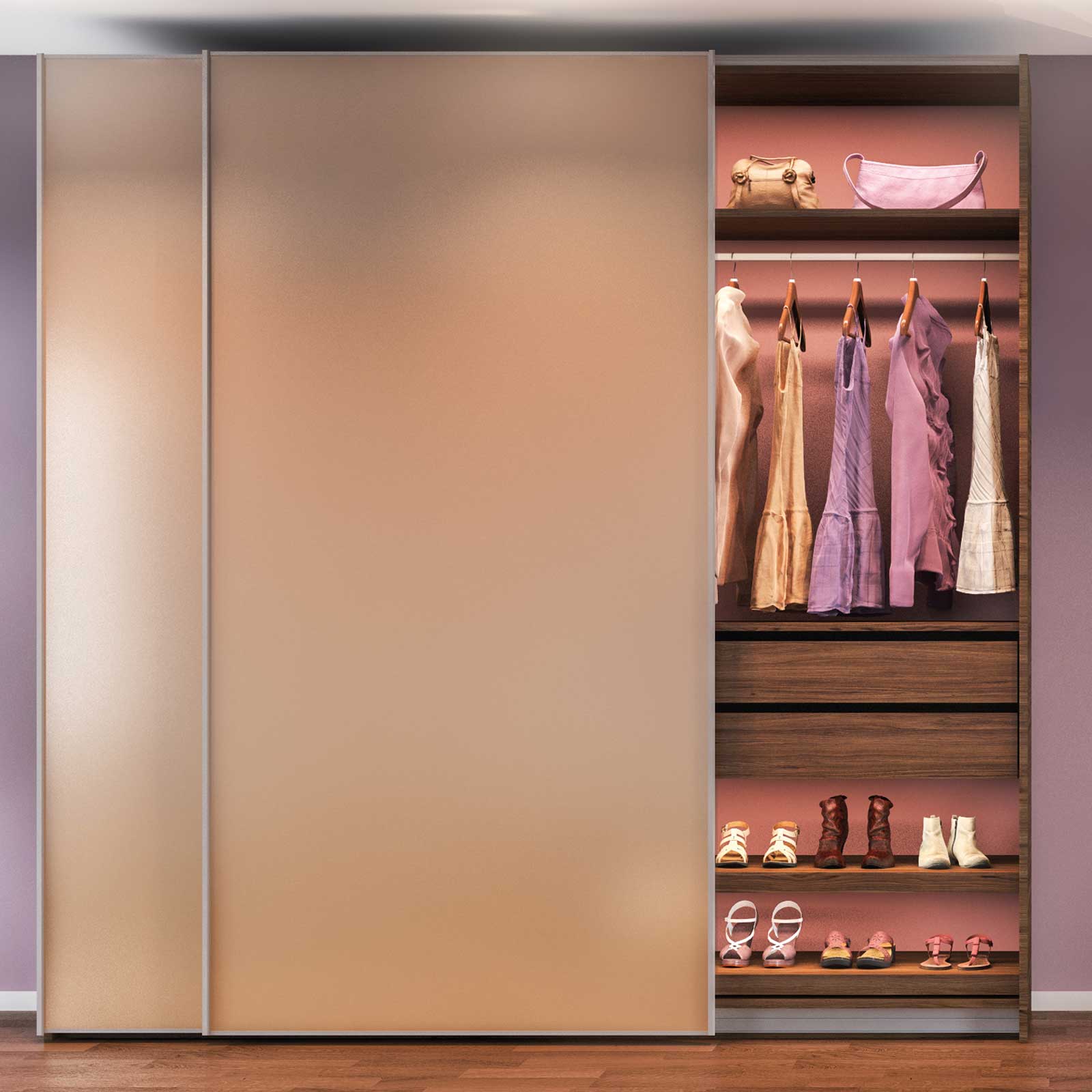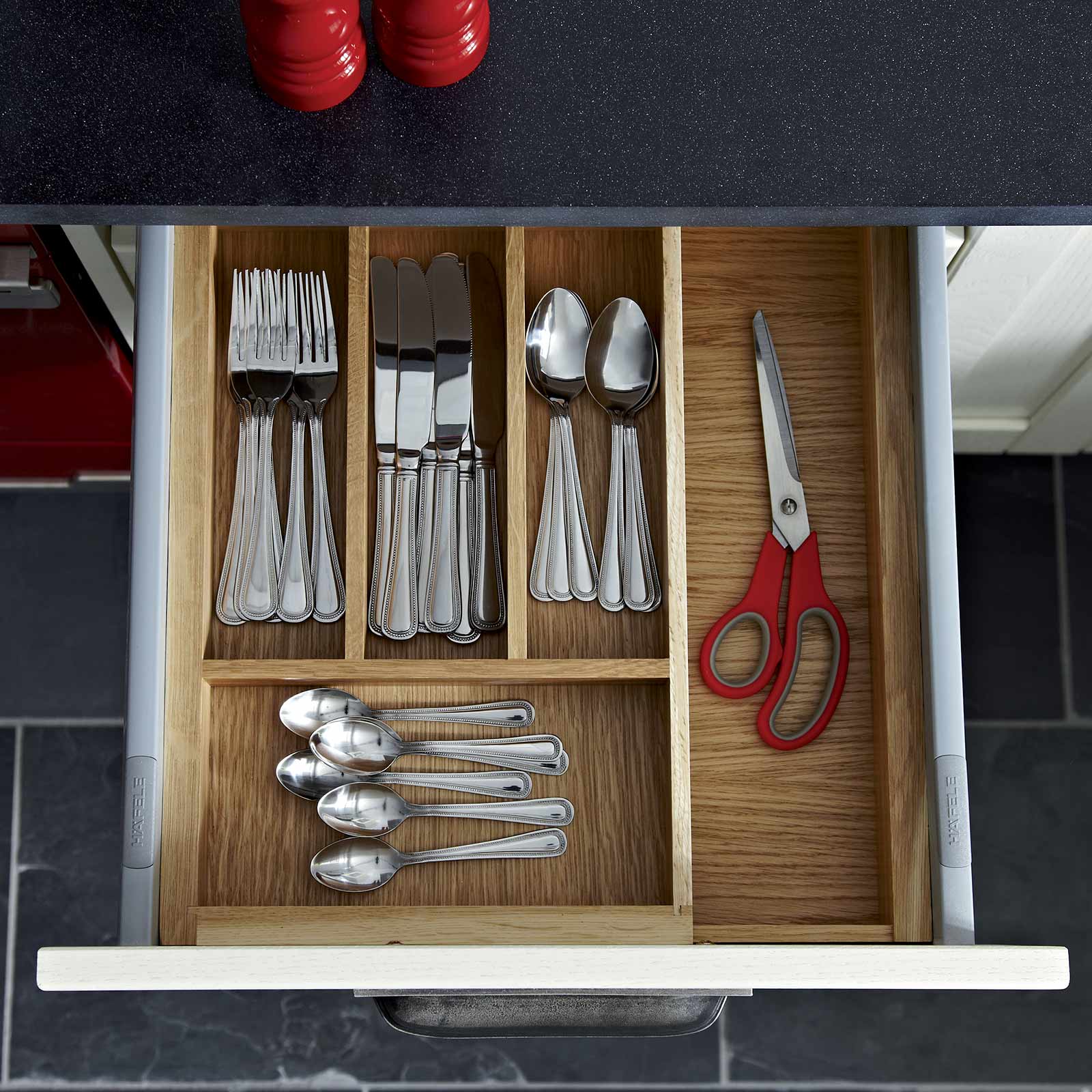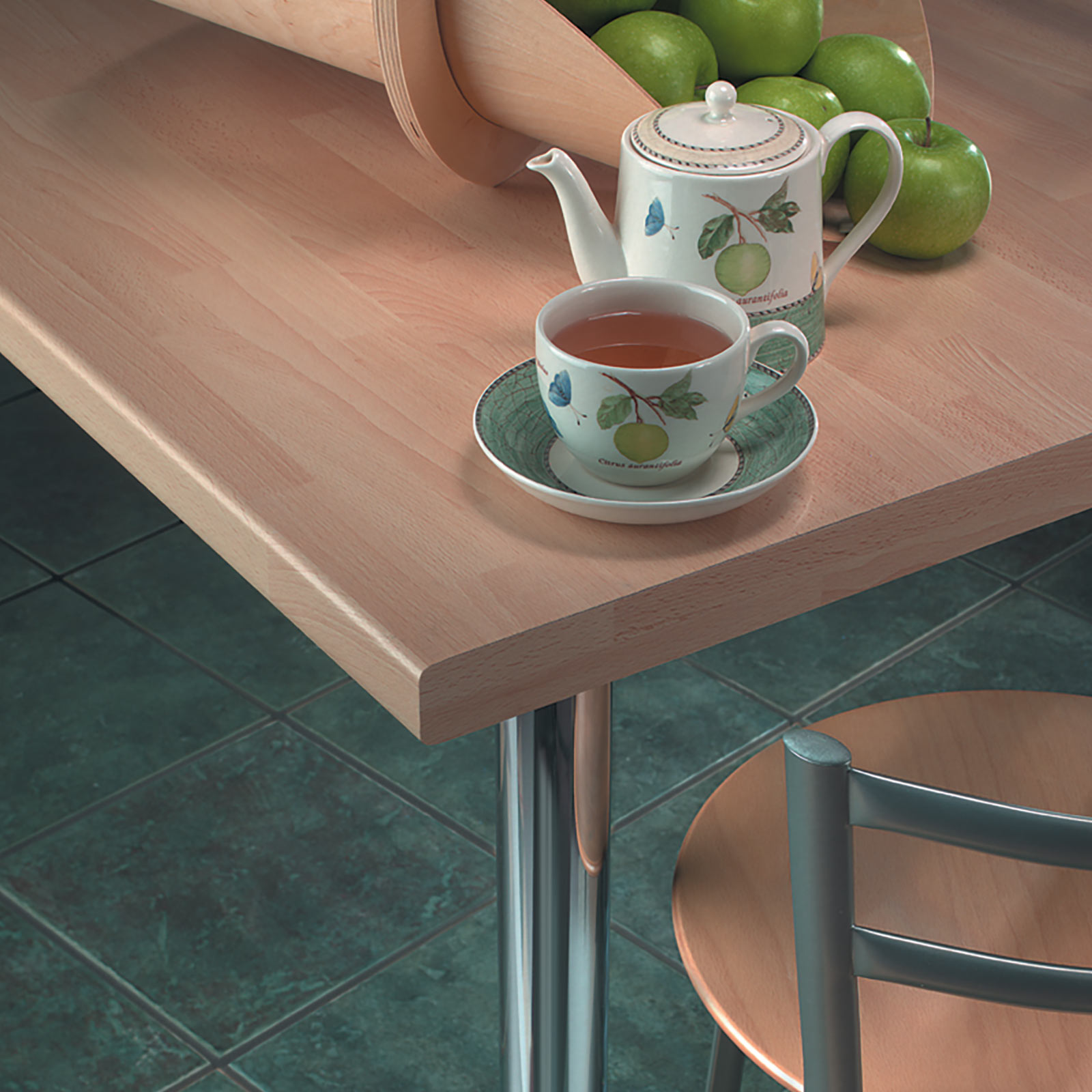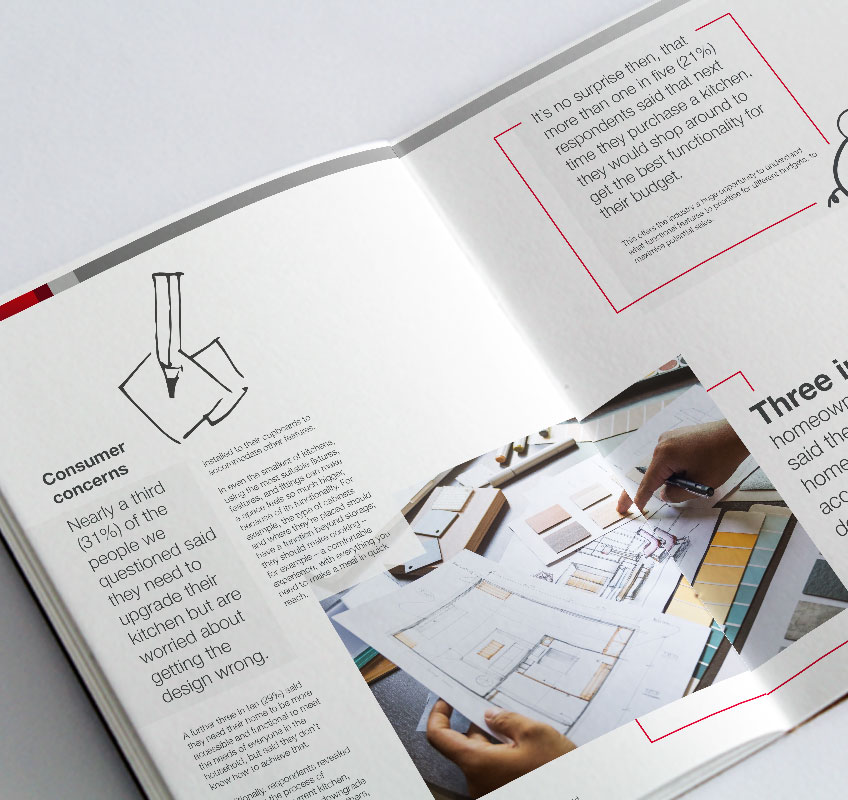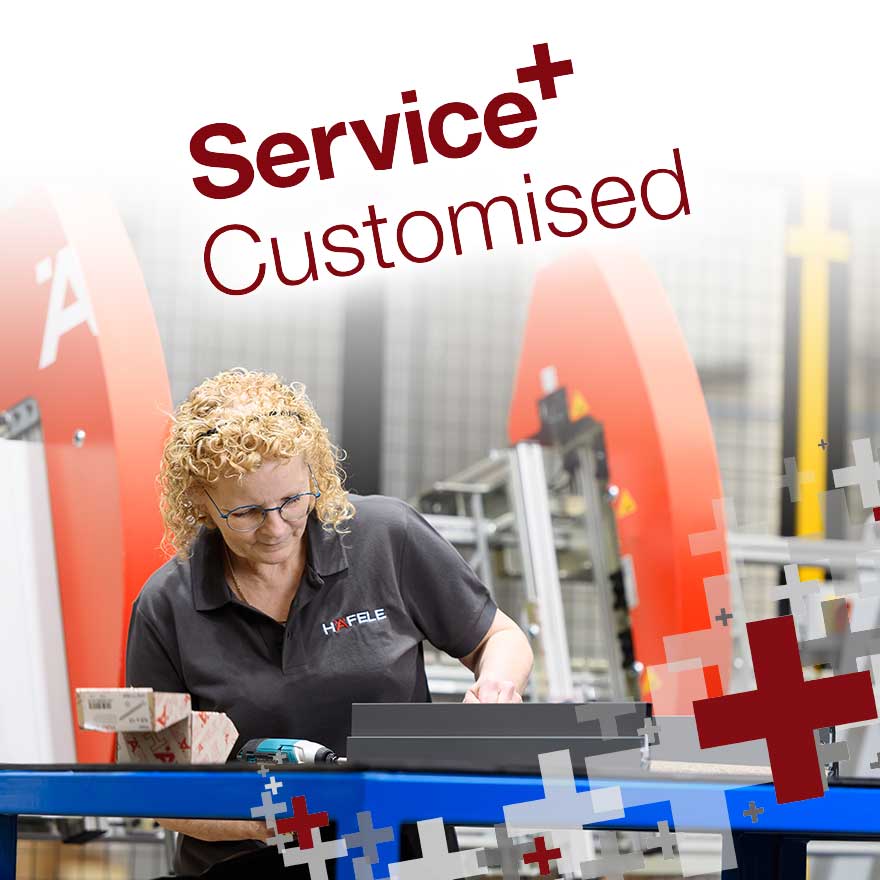Functional Spaces
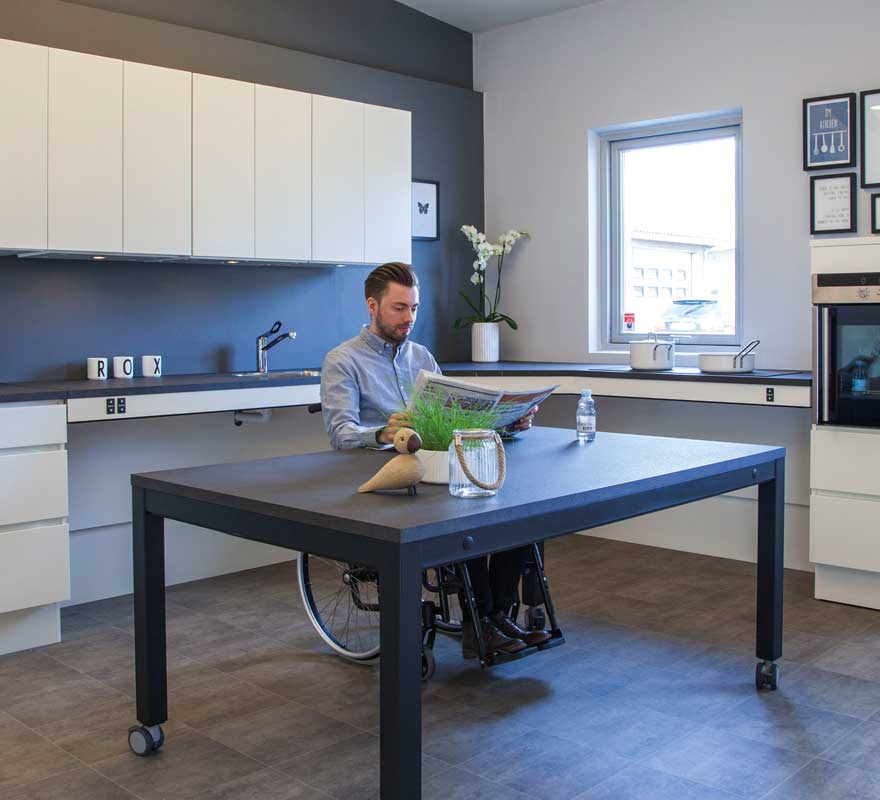
Inclusive Living
The understanding that people themselves are not disabled, but that environments are disabling, has changed the focus to design that creates accessibility for all. This means that no longer is the focus solely on wheelchair users, but incorporates design to support those with visual, sensory, motor, neurological or cognitive impairments for example, as well as supporting future-proofing of environments that can maximise independent activity in the long-term.
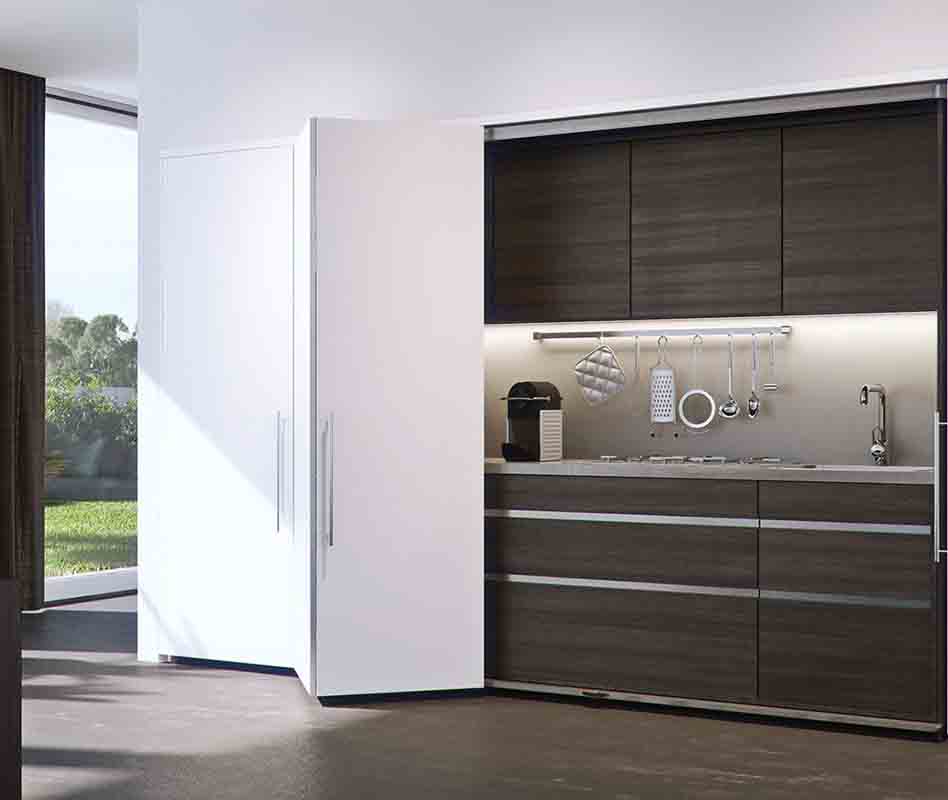
Compact living
As homes are decreasing in size but increasing in multi-functionality, larger-scale ideas are needed for smaller-scale spaces. Through innovative space saving products and smart furniture design services, we’ll help you create more with less.
Make more of living spaces
Designed for living
By understanding how people use their homes – and how that continues to change over time – we offer solutions that meet the real, day-to-day needs of the consumer. From sliding doors to create the perfect home office, to lighting that transforms a space from day to night.
Featured Categories
Kitchens for Living
Using the responses of the 2,009 homeowners across the UK we questioned, we have been able to paint a picture of their current homes and kitchens, and how they feel about them:
- One in five people don’t like their current kitchen
- 31% of homeowners said they need to upgrade their kitchen but are worried about getting the design wrong
- 52% would like lighting built into their kitchen cabinets
Bespoke solutions – Häfele Service+ Customised
Every project is different. That’s why we’ve created Häfele to Order, our bespoke cut-to-order service, to help you save time and money. Tell us what you need and we can cut, package and label your components to your specification, then deliver them straight to site.
How to create functional spaces

Step 1: Understand the customer
Listening to your customer’s needs, their priorities and how they use a space is essential. Ask questions, be inquisitive and don’t be afraid to challenge to help them get to the right result. Drill down into how they use a space at different times during the day. Explore their family set up, their likes and dislikes, and the drivers behind their ‘must haves’.
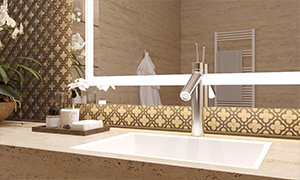
Step 2: Look at the light
Lighting governs our daily rhythms and how we feel and should be a key consideration in the design of a living space. Explore a room’s aspect and how the sun tracks throughout the day. Think about how the room will be used, which are the areas of function that need more lighting? Do your customers need to be able to change lighting temperature? Use our Lighting Design Service if you need more support in getting light right.
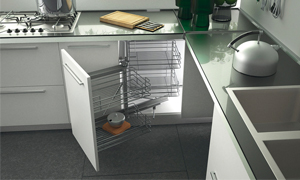
Step 3: Details matter
Detail is key in the world of functional spaces. Think about what’s inside a cabinet and how it could be made more useable to the homeowner. Explore how furniture can double up for different needs and uses. Build in straight lines to accentuate a space and guide the eye and minimise gaps to make furniture feel like it just belongs.






